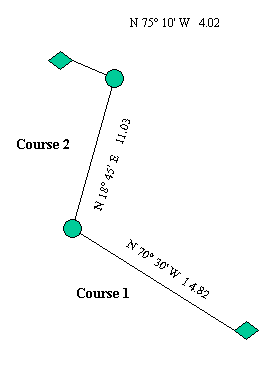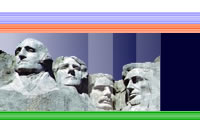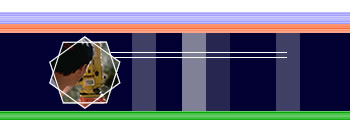1. What is another
name to describe "angle points of non-riparian meander
lines?"
|
2. The adjustment
method described in question 1 distributes what measurement
proportionately along each course?
|
3. What kind
of corners are used to control a non-riparian meander line
adjustment?
|
4. One assumption
is that any errors in the original survey were accidental.
The second assumption is that the effects of angular errors
equal the effects of
|
 5.
Using the nonriparian broken boundary adjustment, calculate
the bearings and distances of the two courses in this lost
nonriparian meander line. Record was run with a tie to the
other known corner. 5.
Using the nonriparian broken boundary adjustment, calculate
the bearings and distances of the two courses in this lost
nonriparian meander line. Record was run with a tie to the
other known corner.
|
|
|


